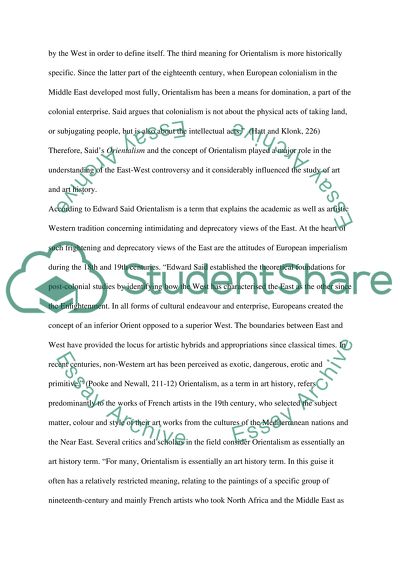Cite this document
(“In What Ways Does What Edward Said Calls Orientalism Affect Art and Ar Essay”, n.d.)
Retrieved from https://studentshare.org/architecture/1514775-orientalism-by-edward-said
Retrieved from https://studentshare.org/architecture/1514775-orientalism-by-edward-said
(In What Ways Does What Edward Said Calls Orientalism Affect Art and Ar Essay)
https://studentshare.org/architecture/1514775-orientalism-by-edward-said.
https://studentshare.org/architecture/1514775-orientalism-by-edward-said.
“In What Ways Does What Edward Said Calls Orientalism Affect Art and Ar Essay”, n.d. https://studentshare.org/architecture/1514775-orientalism-by-edward-said.


